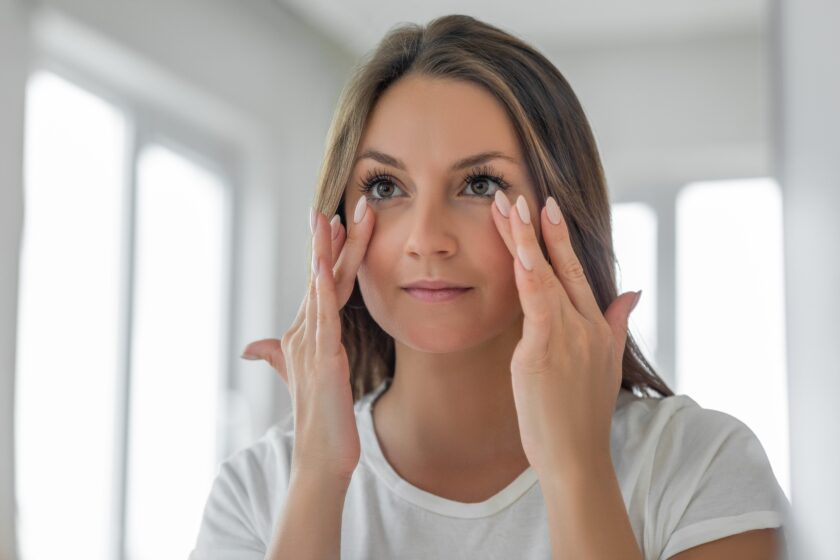People around the world use cupping Melbourne therapy to alleviate pain and address other health concerns, often seen on athletes with red circular marks (not bruises) on their shoulders or back.
But what does it really feel like? For centuries, traditional Chinese medicine (TCM) has been practiced and practiced worldwide. But what exactly is TCM treatment like today?
Feeling of Pressure
Cupping is an ancient technique using cups to create suction. The vacuum created by these cups draws skin and soft tissue upwards under them, decompressing and increasing blood flow to an area, relieving muscle tightness and pain while aiding healing. You may feel some pressure initially when placing the cups onto your body but that should dissipate over time as they warm up – allow yourself to be carried away by this experience! To fully benefit from cupping therapy it is essential to relax and allow yourself to be enveloped by it all – let yourself be drawn by its experience!
After receiving cupping therapy, you may notice small red hickey-like marks on areas treated. These marks are normal and indicate that your body is flushing out toxins brought up from deep beneath its surface by treatment; darker marks typically indicate higher levels of toxin being released by this therapy.
These marks are caused by your muscles relaxing, drawing toxins into the lymphatic system and pulling them back out into your system through cupping. This is good news! It shows your body working hard to flush toxins out and move them along for processing by the liver. Following cupping therapy you may feel fatigued or even flu-like symptoms but this is simply evidence that it’s working effectively to get rid of toxins!
Feeling of Heat
Though many associate stress relief with yoga, massage or indulging in sweet treats like ice cream, cupping is fast becoming popular with professional athletes and health-minded individuals. Many may wonder what cupping feels like and whether it causes any pain.
Under this healing technique, your therapist places cups made of bamboo, ceramic, glass or plastic on areas of your body where assistance is required. They may use heat from a fire source or use suction from a rubber pump to draw blood toward the surface and cause it to form reddish marks that look similar to bruises on your skin – though these often don’t hurt too much!
As your body releases toxins that have been trapped for too long in your tissue, cupping can often leave you with an uncomfortable feverish sensation that should subside after drinking plenty of water after treatment. Lymphatic drainage systems carry away these waste products through blood flow so hydration after therapy will also help flush them away from your system and out.
Cupping is an effective treatment option for treating muscular-skeletal ailments, but when selecting your practitioner it’s essential that they possess both training and experience. Seek advice from friends or search through acupuncture/Oriental medicine certification agencies such as NCCAOM for guidance. Furthermore, wear loose clothing so as to allow the muscles and skin to move freely during cupping treatment sessions.
Feeling of Cold
Cupping is an alternative form of deep tissue massage in which instead of compressing and pushing on your skin and muscles, cupping pulls and decompresses them instead. While this may cause minor bruising to an area, it should not be painful. Cupping’s suction effect breaks blood vessels to create small injuries to your skin which your body quickly heals from through its natural healing processes.
These marks typically last 3-7 days and become darker with increased stagnation or toxin release. As soon as more frequent cupping sessions for similar issues take place, most of these marks usually fade more quickly.
While cupping may appear to be an up-and-coming health and wellness trend, its history dates back millennia. According to traditional Chinese medicine, cupping helps improve your flow of chi and flush out toxins from your system, giving your immune system what it needs to defend against invaders.
Cupping therapy was first mentioned as a treatment for colds and pneumonia in over 3000 BC Ebers papyrus, while being safe for almost everyone (though those with low blood pressure should avoid it). If there is anything about your medical history that would make it unsafe to receive this treatment, please speak to your practitioner prior to scheduling any sessions.
Feeling of Lightheadedness
After receiving cupping therapy, you may experience feelings of lightheadedness; this is normal and an indicator that the session was successful. Although these sensations will subside quickly, drinking plenty of water post-session is essential in flushing out all those toxins out of your system and improving recovery time.
Cupping became widely known when Olympic swimmer Michael Phelps appeared with circular marks on his back at the Games, but it has long been used by ancient Chinese, Egyptian and Greek cultures to reduce pain and promote healing. Cupping can also be combined with acupuncture for an holistic approach to treating stress, IBS or chronic pain issues.
Cupping involves your practitioner placing round cups directly on your skin that are either heated with fire or manually pumped up to create suction, breaking blood vessels below and creating discolorations similar to bruises – this triggers more blood to flow to that area, aiding healing.
Cupping therapy may provide soothing sensations, yet isn’t suitable for everyone. You should avoid cupping therapy if you have open wounds or cuts; have heart disease; are taking blood thinners; liver/kidney disease; are pregnant; etc.



